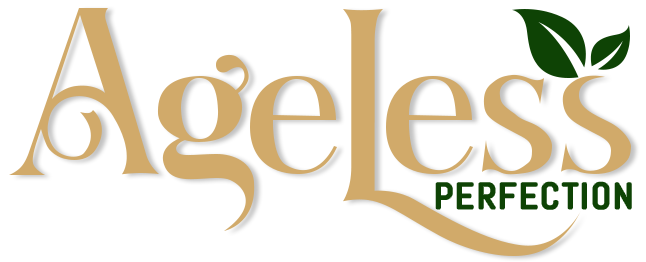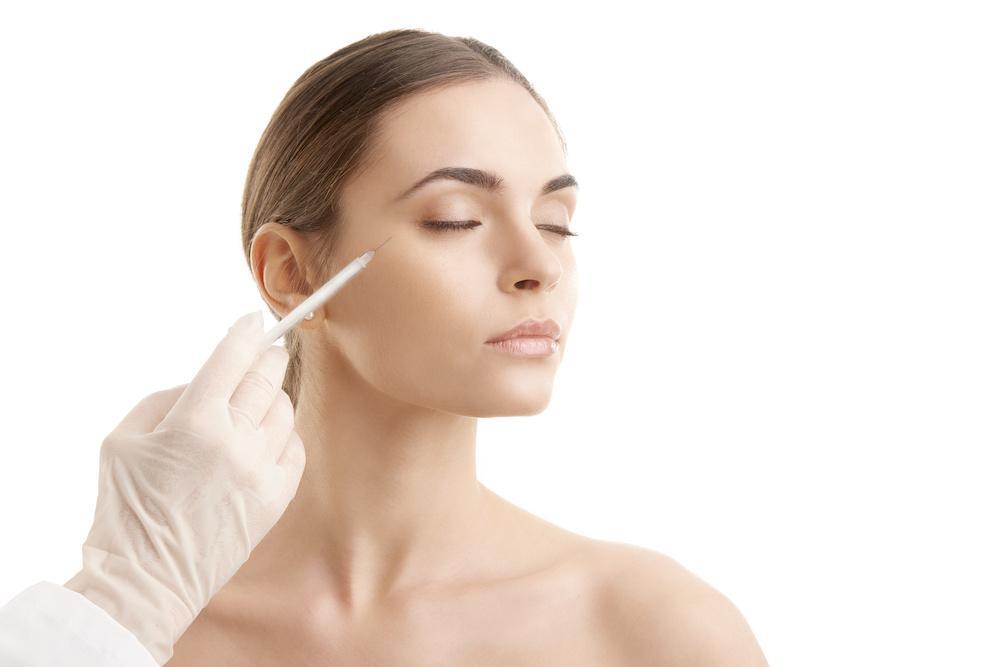Botox vs Dysport: Which Lasts Longer for Crow’s Feet?
Crow’s feet—those delicate lines around the eyes—can add years to your appearance and are often among the first signs of aging. At Ageless Perfection Medical Aesthetics, LLC, we specialize in smoothing fine lines with injectable neuromodulators like Botox® and Dysport®. But which one works best—and lasts longer—for crow’s feet?
If you’ve been wondering about Botox vs Dysport for crow’s feet, this guide will help you understand the differences and determine which treatment is right for you.
Similarities and Differences in Formulation
Both Botox and Dysport are FDA-approved neuromodulators derived from botulinum toxin type A. They work by temporarily relaxing the facial muscles that create expression lines, such as crow’s feet, frown lines, and forehead creases.
Similarities:
- Smooth the appearance of dynamic wrinkles
- Non-surgical and minimally invasive
- Quick, in-office procedure
- Minimal downtime
- Safe and effective when administered by trained providers
Key Differences:
| Feature | Botox | Dysport |
| Onset | 3–5 days | 1–3 days |
| Spread | More localized | Slightly broader spread |
| Dilution | Lower | Higher (more units needed) |
| Cost per unit | Slightly higher | Slightly lower |
Because Dysport spreads more easily, it may cover a wider area with fewer injections—making it particularly appealing for areas like the crow’s feet.
How Each Works on Fine Lines
Botox and Dysport both block the nerve signals that tell muscles to contract. When injected around the eyes, they relax the orbicularis oculi muscle, softening lines and preventing deeper wrinkles from forming.
- Botox is known for its precise application, making it ideal for small or targeted areas.
- Dysport tends to diffuse more broadly, which can be beneficial for larger treatment areas or subtle blending.
For clients with light-to-moderate crow’s feet, either option may work well. For those with broader wrinkle patterns or thinner skin, Dysport may offer a smoother, more blended result.
Duration of Effect: Real Client Comparisons
So—which lasts longer for crow’s feet?
- Botox typically lasts 3–4 months
- Dysport often lasts 3–4 months, but some clients report slightly longer results with consistent use
In our practice, clients with faster muscle recovery or stronger facial muscles often notice Dysport wearing off just a bit sooner—but others report Dysport lasts longer, especially in dynamic areas like the eyes.
Client Example A:
“Botox lasted about 3 months for me. When I switched to Dysport, I noticed the lines came back a bit later—maybe closer to 4 months.”
—J.S., 43
Client Example B:
“I prefer Botox because I feel it gives me a slightly crisper, more targeted result.”
—T.M., 37
Bottom line: Duration is comparable, but personal response and injector technique make the biggest difference.
When to Choose One Over the Other
| Choose Botox if… | Choose Dysport if… |
| You prefer a precise, localized result | You want smoother blending for wider areas |
| You’ve used Botox before with good results | You’re open to trying a slightly different formula |
| You want to treat multiple small zones | You want full-eye softening with fewer injections |
| You have slightly thicker skin | You have thinner skin or diffuse lines |

